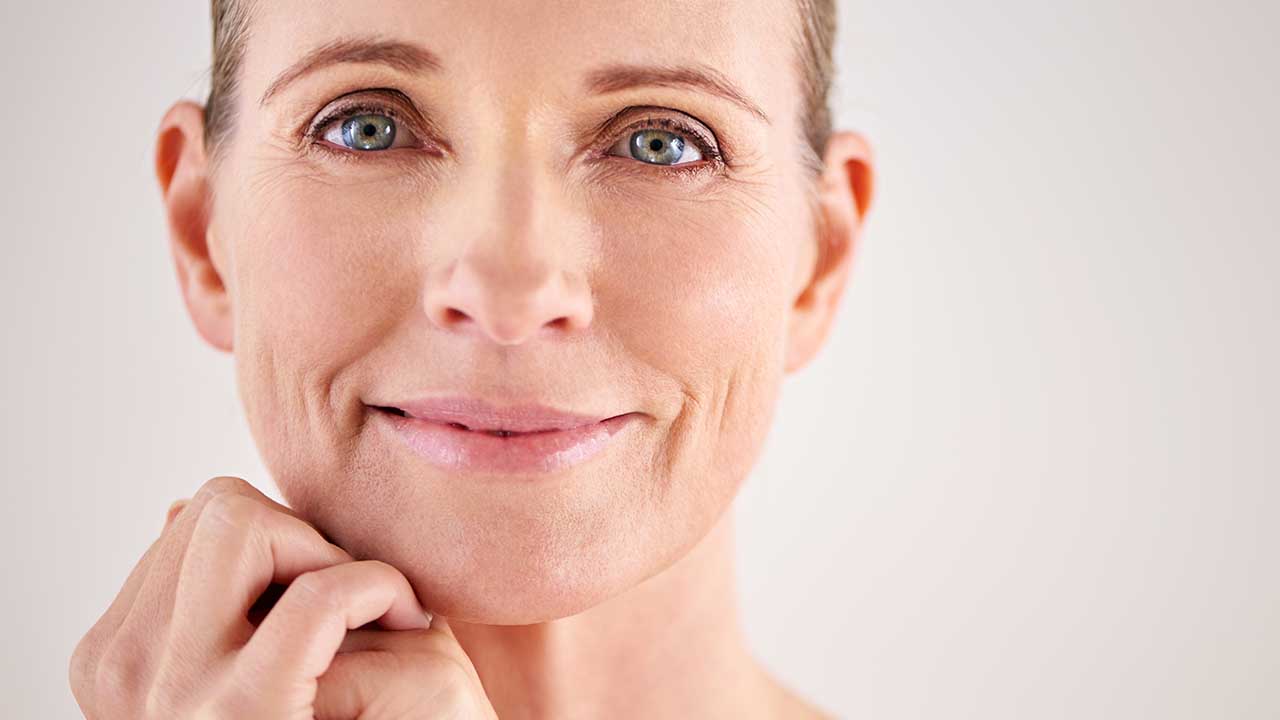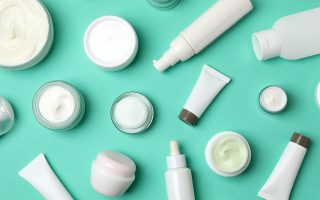It’s never too early or late to start taking the best care of your skin. But knowing the right skin care products to use with your skin type is the most important to figure out in your 20s! We still go through hormonal changes, but there are certain things we have to concentrate more on in 20s and 30s.
Keep Skin Looking Younger
Let’s face it: we’re not staying young forever (nooo!). Every year, you get a little older, and maybe a little wiser (if you’re lucky). As for your skin, well, you’ll start to find your skin becoming a little more dependent, and needy for your attention.
In your teenage years, you were constantly battling against wave after wave of never-ending acne problems. In your twenties, you were too busy finding a balance between having a social life and building a career to really care for sleep, which eventually resulted in a slew of skin problems.
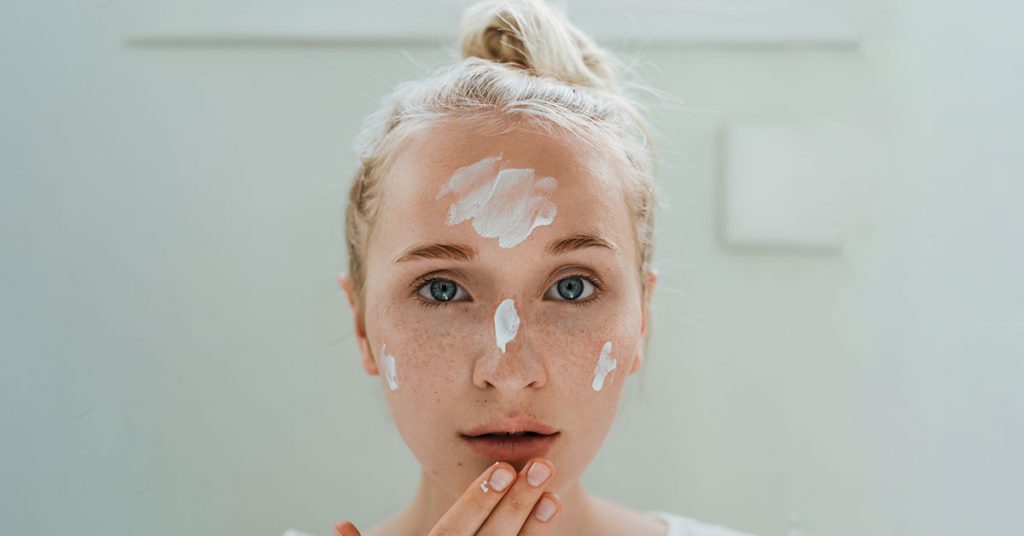
And by the time you reach your thirties, you’re going to start seeing little signs from your skin that remind you in the lines of: “Hey! I’m no longer that thirteen-year-old smooth and blemish-free skin you used to have!” and “You thought you can get away with not putting on sunscreen? It’s too late now! Muahaha!”
But the good news is that you still have time to reverse the damage and restore your youthful complexion! We’ll be covering some useful tips and help you understand all the major skin concerns in your teens, twenties, and thirties, what’s going on in the body during that time, and how we can all learn that prevention is better than cure!
With proper care and some TLC, you will be able to see improvement in your skin’s texture and health in due time!
5 Main Reasons for Aging
First, let’s talk about what causes premature aging. While there are many factors that contribute to aging and every person has different skin types and conditions, let’s talk about five of the most common culprits:
1. UV Rays
Did you know that the sun and the environment are responsible for 80% to 90% of all aging?! Let that fact sink in as deep as the UV rays sink into your skin.
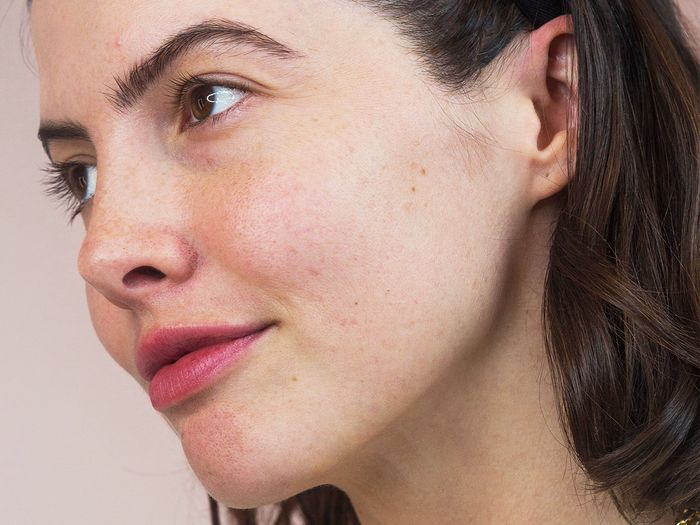
When the sun is behind the clouds, you may feel like you’re safe from sun damage and therefore, skip the sunscreen. But beware! Up to 80% of UV rays go through the clouds. Partly cloudy days are perhaps the most dangerous. Why? Because more UV radiation reaches the earth’s surface when it’s partly cloudy than on a clear day. Scientists suspect this is due to the sun’s rays bouncing off the clouds and becoming more concentrated when they are redirected by thinner clouds.
2. Dry or Unmoisturized Skin
Unmoisturized skin is a major factor that contributes to premature aging. Thus, in order to keep your skin looking youthful, bouncy, and supple, you need to moisturize!
But did you know that your eyes start to show signs of aging first?
That is because the eye area is the only place in your whole face that does not have any oil glands, so it is not going to produce its own moisture. When you start showing signs of premature aging, you’ll notice fine lines developing around the skin of your eyes. To make sure you’re preventing premature aging, you need to provide external moisture and hydrate the eye area.
3. Lifestyle
While there are many factors that can contribute to premature aging, including genetics, your habits are much more important. Make sure that you set aside time to care for yourself. Smoking, drinking, little sleep, stress, and even unhealthy eating in the long term can eventually cause your skin to turn sallow, dry, and show signs of premature aging. Trust me, it’s not going to make you feel any better either.
So what can you do? Don’t smoke, eat a healthy diet, hydrate, de-stress, and care for your skin.
If you live in a city, make sure you’re using products that protect you from free radicals, always applying SPF, and washing your face regularly. Genetics will be there in the background, but statistically, you’re in control.
4. Free Radicals
Interestingly, it’s now known that pollution plays a big role in premature aging, especially lentigines / brown spots. Studies have shown that people living in areas with more pollution show more signs of premature aging.”
5. Less Production of Collagen in the skin
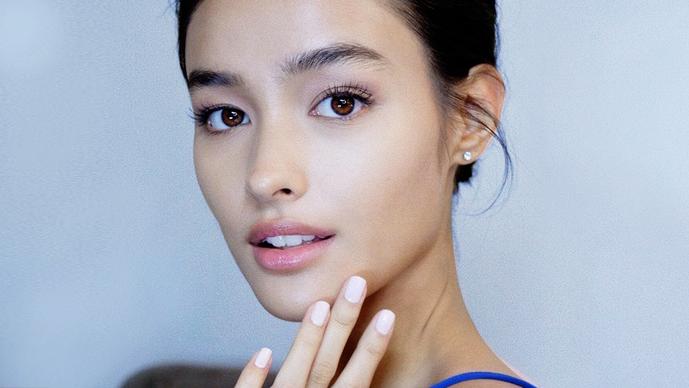
Once you hit about 24 or 25, everything starts to slow down and that’s when you need a little more help to boost your skin’s production. You can do things such as facial massages after applying products to help stimulate the blood circulation in the skin. Your skin can then better absorb the products and produce its own collagen and elastin fibers.
What are the Main Differences Between Skincare Routine in your 20’s and 30’s?
20’s Skincare Routine
IF YOU ARE APPROACHING OR IN YOUR 20’S, FOCUS ON PREVENTION!
In your 20s—and even before!— the regimen should have a heavy focus on prevention and sun protection. Preventing sun damage is a lot easier than repairing the damage later in life, and it can take years for the damage to show.
In your teens, getting on a solid cleanser-toner-serum-moisturizer routine for your skin type is imperative as you approach your 20s. It’s also important to exfoliate two-three times a week to slough off dead skin cells and let your beautiful skin shine through!
Acne in your 20s is a different type of acne than in your 30s due to the change in your skin’s condition. Occasionally, you’ll find that your skin is much oilier due to hormonal acne, which causes the oil glands to become more active and clog up your hair follicles.
The good news is that your skin responds to benzoyl peroxide and salicylic acid and can handle stronger doses of acne medication. You can also include key ingredients to your daily routine like hyaluronic acid and vitamin C due to their abilities to fight free radical damage, brighten, and hydrate the skin, all while protecting the skin’s’ natural barrier.
Remember that rest is also a key step towards regenerating your skin! Just remember to moisturize! Applying moisturizer before bed protects the skin from dehydration as you sleep, making it easier for them do the repairs they need do. Despite the common myth, moisturizers do NOT cause pimples. If you have oily skin and are worried, pick a product that is oil-free. If you have acne or redness, pick one with niacinamide (vitamin B3), to combat that redness.
30’s Skincare Routine
IF YOU ARE IN YOUR 30’S, FOCUS ON UPGRADES!
When you approach your 30s, you’re going to start noticing little signs of aging in your skin: dry or dehydrated skin, less collagen production, sunspots, and pigmentation…all the lovely things that are perfectly normal on a human being. Fortunately, we live at a time where seventy-something-year-old women look like they’re thirty years younger, so there’s hope!
You can still continue to follow your usual cleanser-toner-serum-moisturizer regimen from your 20s but you’ll need to increase the use of serum daily, as well as keeping your skin moisturized. To really help delay the aging process, your skin care regimen will need some additional upgrades and add-ons. They include retinoids (Vitamin A), and other anti-aging ingredients like peptides, vitamin C, and niacinamide.
The benefits to using these ingredients are that they actively work on renewing your skin’s cells, and triggers collagen production, which not only reduces fine lines but also corrects sun damage, and improves skin texture and discoloration.
Of course, there are many different ways to use these anti-aging ingredients, and certain combinations can help improve your skin’s condition.
For instance, using a vitamin C serum during the day and a retinol serum at night helps fight free radical damage, increases your cell renewal rate, and triggers collagen production. It is also best to use night creams containing anti-aging ingredients to help hydrate your skin and support the overnight recovery process as you sleep.
What are age spots? How do I prevent them?
AS YOU GET OLDER, YOU’LL START TO NOTICE MORE AGE SPOTS ON YOUR SKIN. SAY WHAT??
Age spots are also known as liver spots and sunspots. Doctors don’t always know why we develop age spots, it can be a combination of various factors like skin aging so that it doesn’t have the same level of defense and rejuvenation. It can also be an accumulation of UV ray exposure throughout the years and now has finally surfaced. Some age spots which are large patches of pigmentation in the skin, those are normally caused by certain types of medication or hormones.
Fortunately, there are 2 ways to reduce the appearance of age spots or get rid of them completely.
The first is visiting a professional to undergo procedures like laser therapy, chemical peels, cryotherapy, and microdermabrasion. They tend to work faster but the risks are also higher, not to mention the price tag that goes with it.
The other way is using topical creams and treatments you can use which can be prescribed by the dermatologists or even from big name brands over the counter.
Dermatologists can prescribe skin lightening creams or bleach creams that contain either hydroquinone or retinol that will take up to months to see results. And because they contain those ingredients, it also means you have to turn up your sunblock game! These ingredients make your skin more susceptible to sun exposure so putting sunscreen on every day is so crucial.
